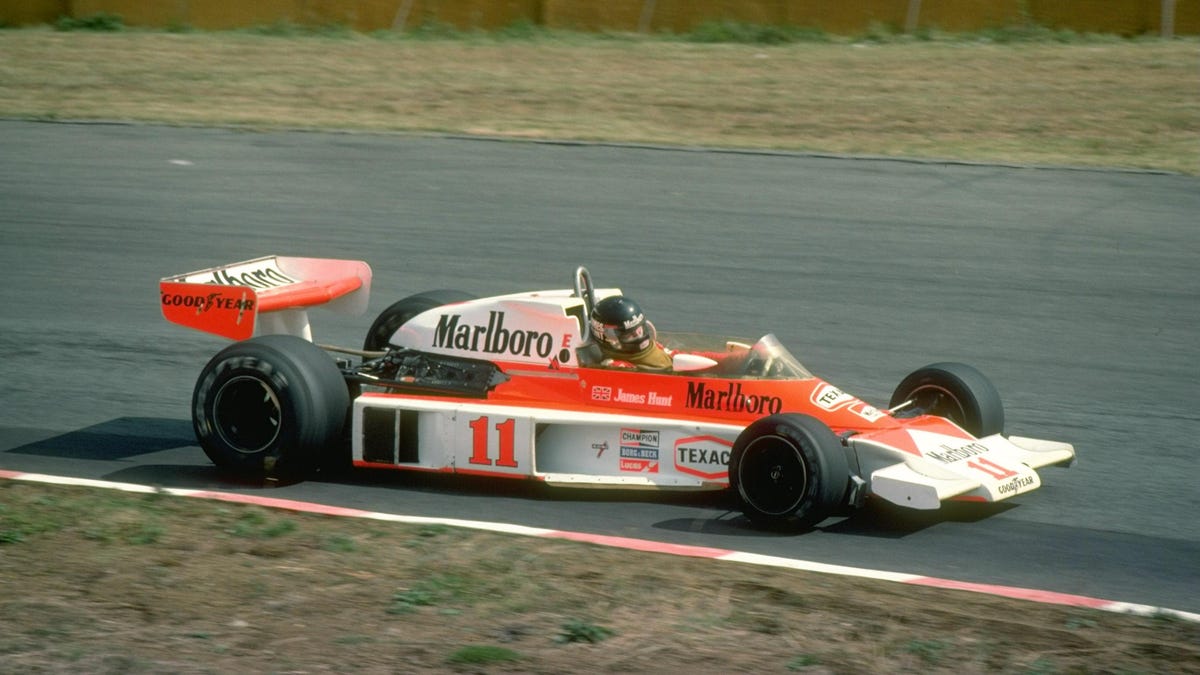
Basically, Driver61 created a massive graph that highlights the evolution of F1 lap times, with divisions for the different decades and different points plotted on the chart that highlight the introduction of different regulations or safety improvements.
A pretty stunning amount of research went into making this video. Driver61 calculated the relative pace difference between years by breaking down the fastest lap times from every race of every season. And, of course, he plots out the big changes that would have altered those lap times.
The really interesting part is that you can see when technology prized speed and when it came to prize safety. There were massive decreases in speed in the 1950s through the early 1970s as engineers moved to a mid-engine layout, found better ways to optimize handling, and began to experiment with aerodynamics. Things evened out a little more during the later years, so while we’ve still made net decreases, it hasn’t been anywhere near as drastic as the change from 1950 to 1960.
G/O Media may get a commission
My own personal interest is, of course, with the safety changes. There are some accidents, like Niki Lauda’s crash at the Nürburgring and Ayrton Senna’s death at Imola, that resulted in fairly immediate changes that slowed lap times. Those were often temporary spikes, though; after a few years, teams and engineers began to understand how to find speed despite the safety restrictions.
You also gain a little extra context when Driver61 adds other lines on the chart that represent current lap times for Formula 2, Formula 3, and Formula 4 cars — which is fascinating in and of itself. Today’s F4 cars are as fast as the cars in the early 1970s, while F2 could keep up with 90s F1 machines. Wild, right?